ANZAC Day: Letters from the home reveal war heartbreak
They were the only way family could stay in touch with loved ones fighting for their country. But for many, those letters went unopened and unread.
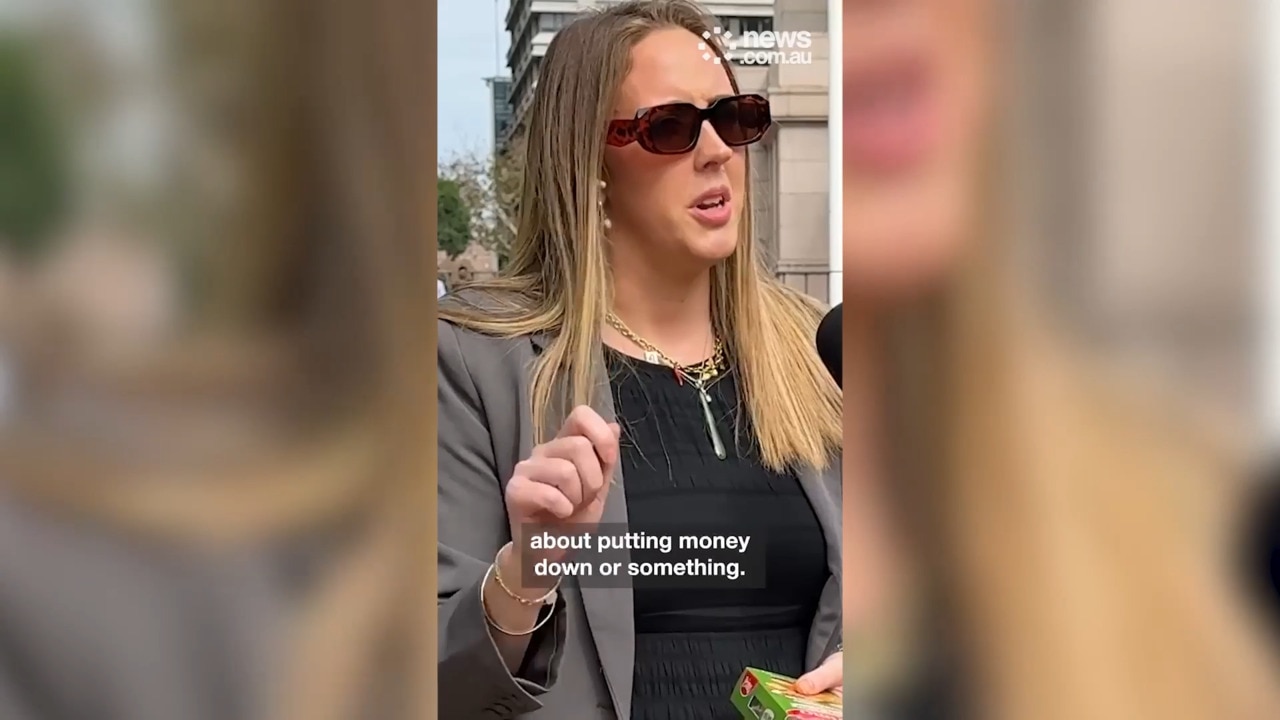
News
Don't miss out on the headlines from News. Followed categories will be added to My News.
For an agonising 12 months, Eva Bullwinkel knew nothing of her daughter Vivian’s fate.
Letters written to her “darling girl” went unopened and unanswered – each marked “return to sender” or “delivery impracticable”.
Eva Bullwinkel’s “darling girl” was Vivian Bullwinkel, whose heroics during World War 2
would go on to become the stuff of legends. But for more than a year, Mrs Bullwinkel was left wracked with worry in her Kings Park, Adelaide home.
The letters from Mrs Bullwinkel – and thousands of others sent by loved ones in Australia but unable to be delivered – were processed by those working in the Australian Base Post Office’s dead letter office or by the Army’s Postal service before being returned.
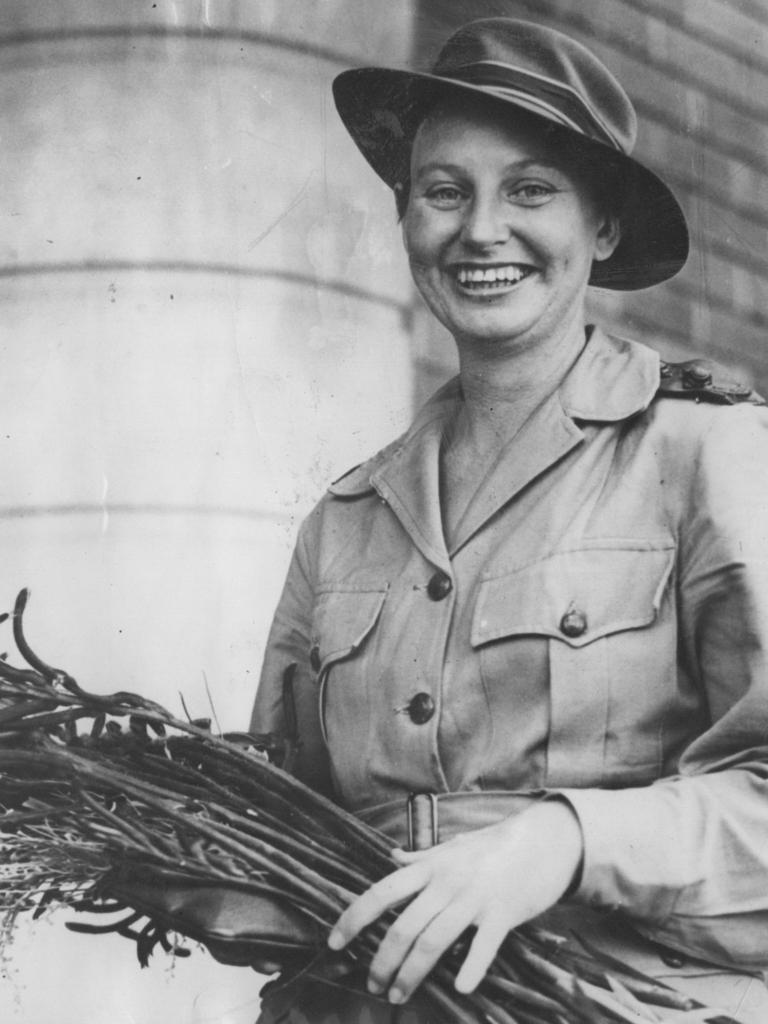
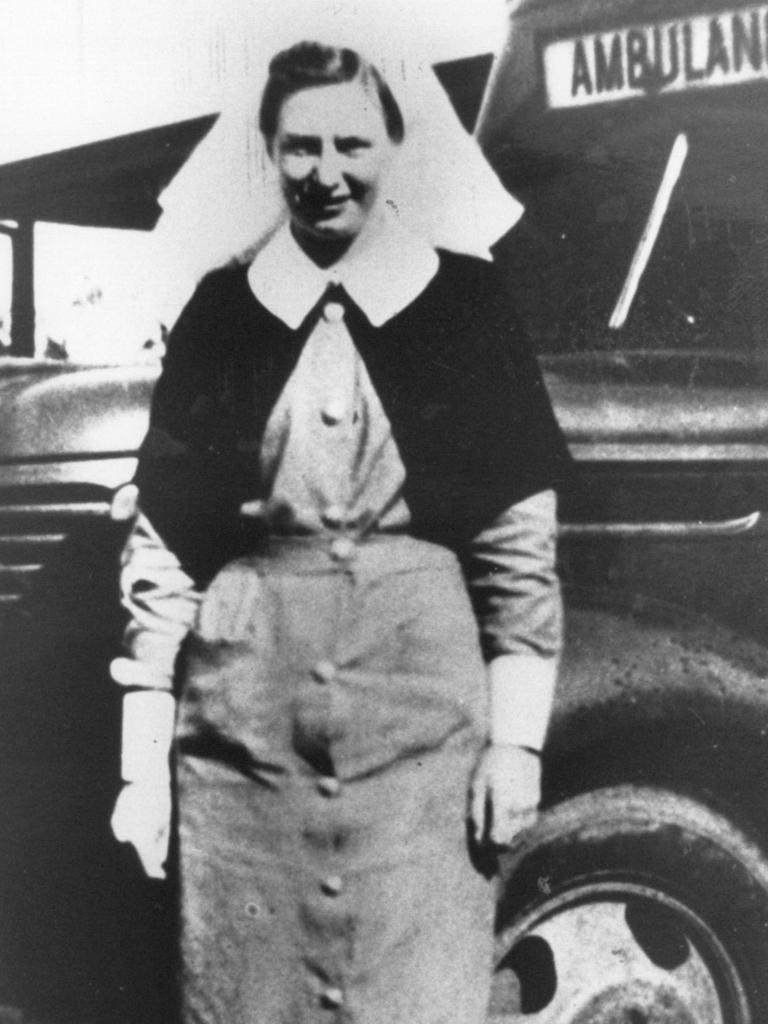
“Most people wrote to somebody, it’s a connectivity,” Australian War Memorial’s Head of Research Centre Robyn van Dyk told news.com.au.
“It’s like snail mail on steroids, it was really slow. So you don’t know when people receive it either. It goes off into a void for a very long time and then you get the letter,” Ms Van Dyk said.
“It’s the miscommunication, lack of communication, lack of knowing, trying to find answers...”.
Ms van Dyk said the Australian War Memorial has a 15,000-strong collection of war letters.
“That sounds like a lot because we have been collecting since the 20s,” Ms Van Dyk said.
“But if you think about how many people served in all wars – hundreds of thousands of people and we’ve got 15,000 of their collections.
“I definitely know people have collections at home because they are family heirlooms. They are precious to the family and they hold on to them and look after them and they are a significant family story”.
Ms van Dyk said the Memorial’s collection offers a rare insight into just how precious the letters were to people.
“With these letters and their envelopes you can tell they have been taken out, read, closed, put away, taken out, read, closed, put away. Somebody really looked at those letters,” she said.
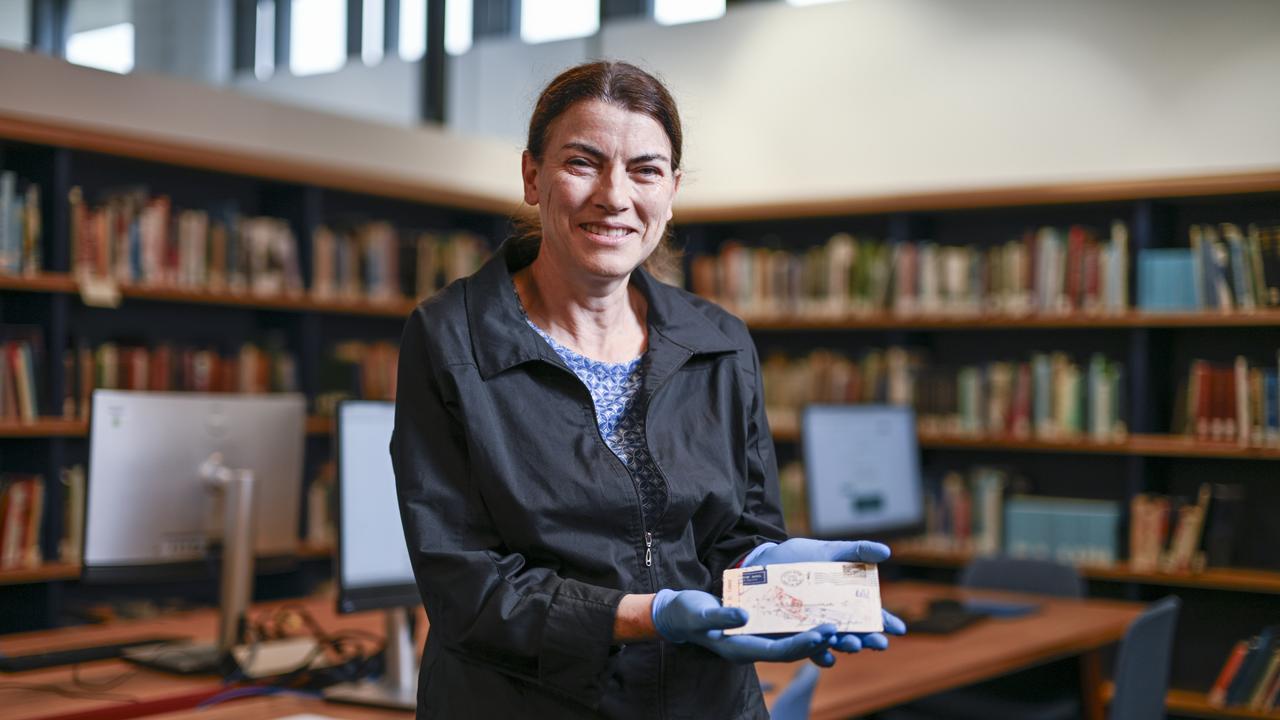
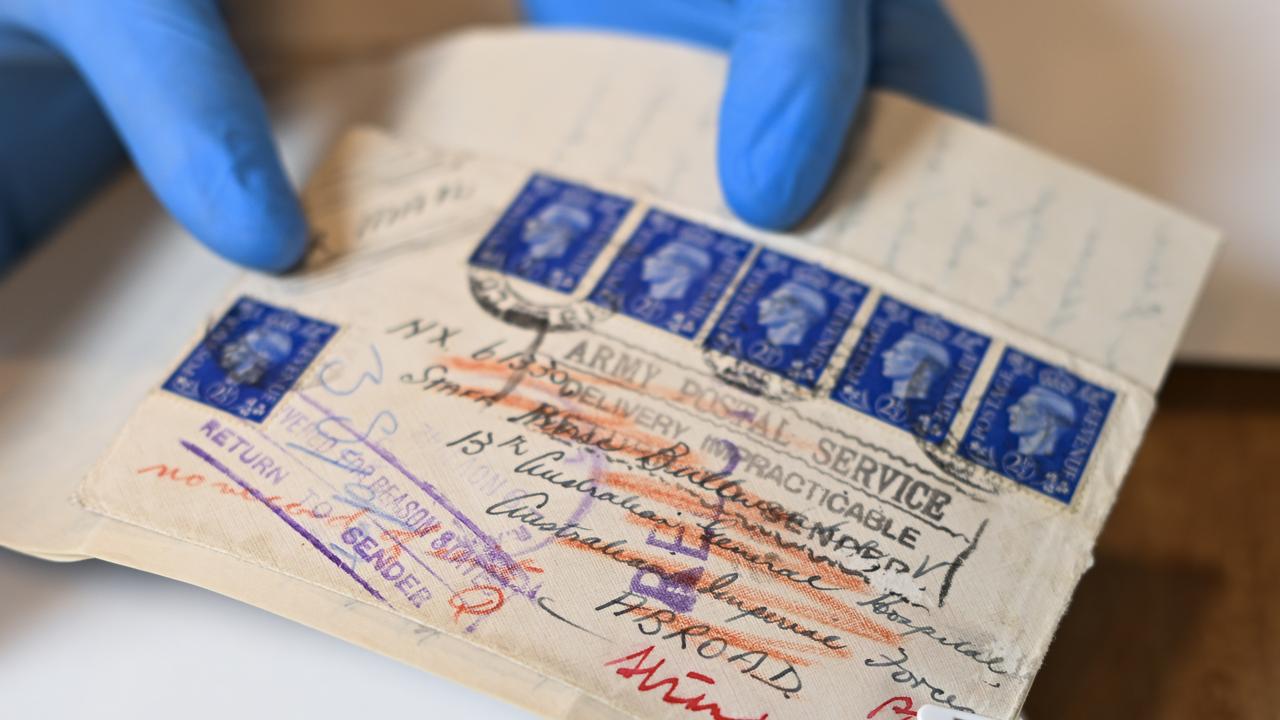
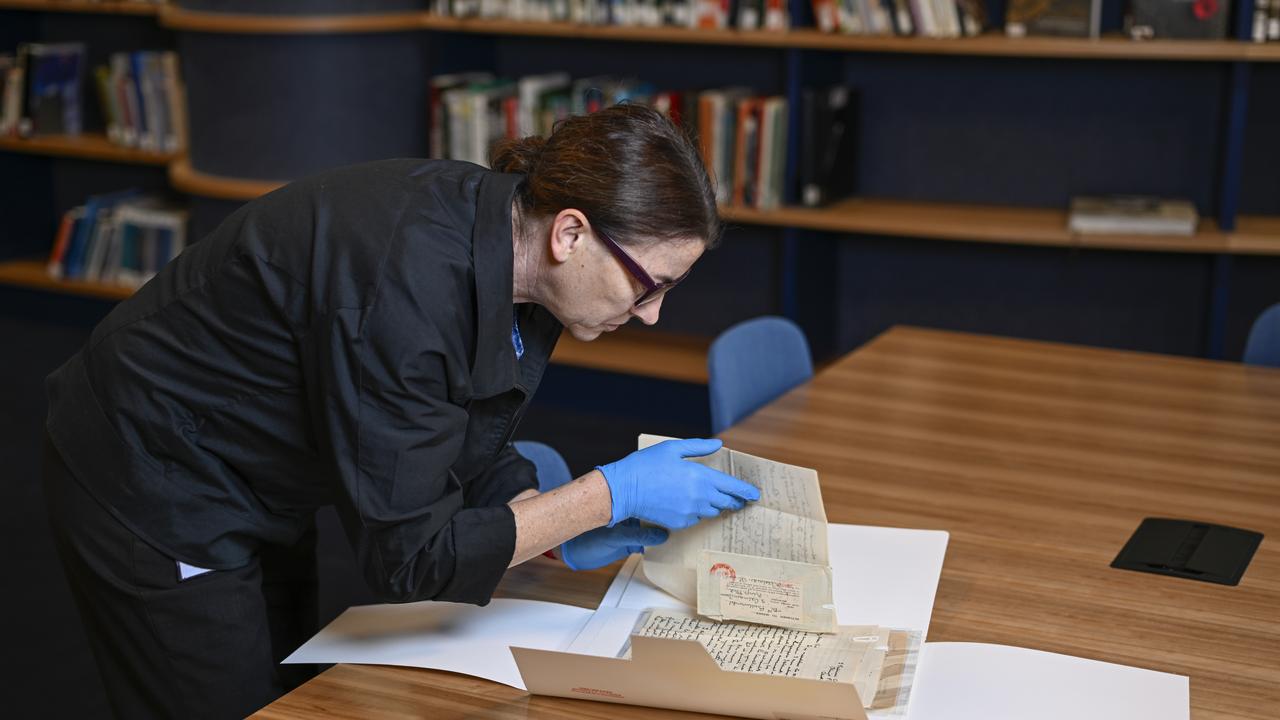
Vivian Bullwinkel served as an Australian Army nurse during World War II, later achieving the rank of Lieutenant Colonel. In late February 1942, she was the only survivor of the Bangka Island massacre, in the Dutch East Indies, when she and 21 other nurses were ordered by the Japanese to wade into the sea where they came under machine gun fire.
Vivian was struck by a bullet but played dead, hiding out for 12 days before surrendering.
In one letter dated February 10, 1942, Mrs Bullwinkel wrote: “My darling girl, The suspense of the last couple of weeks has been dreadful, not knowing how you are – where you are – or what has been happening to you. I do wish I knew.
“I have rung Mrs. Drummond several times but they have not received any word from Matron Drummond at all. Mrs Drummond seems to think some of the nurses are still at Singapore.
“There is only one comfort, Japanese have from all accounts respected the Red Cross in Malaya, and our only hope is that the nurses will be well treated,” she wrote.

“Even if you have left Singapore the dangers are so great that one feels in constant fear of what may happen. Oh, Viv dear, if only you were back in Australia.
“Every day I have been hoping for a cable from you … I am going to the Red Cross to see if they can find out where you are. I do hope and pray I will receive some news of you very soon – good news.
“With fondest love to your dear self, and may God guard and protect you is my constant prayer.”
It was signed: “Your loving Mother”.
The letter was marked “return to sender” 13 days later on February 23, 1942.
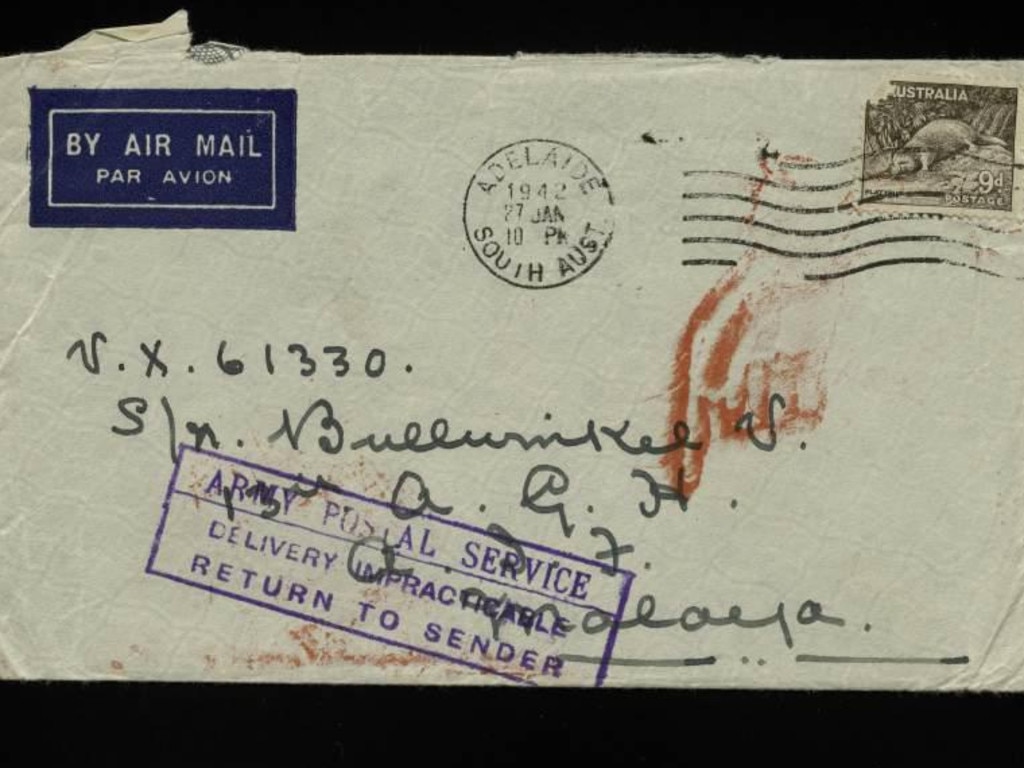
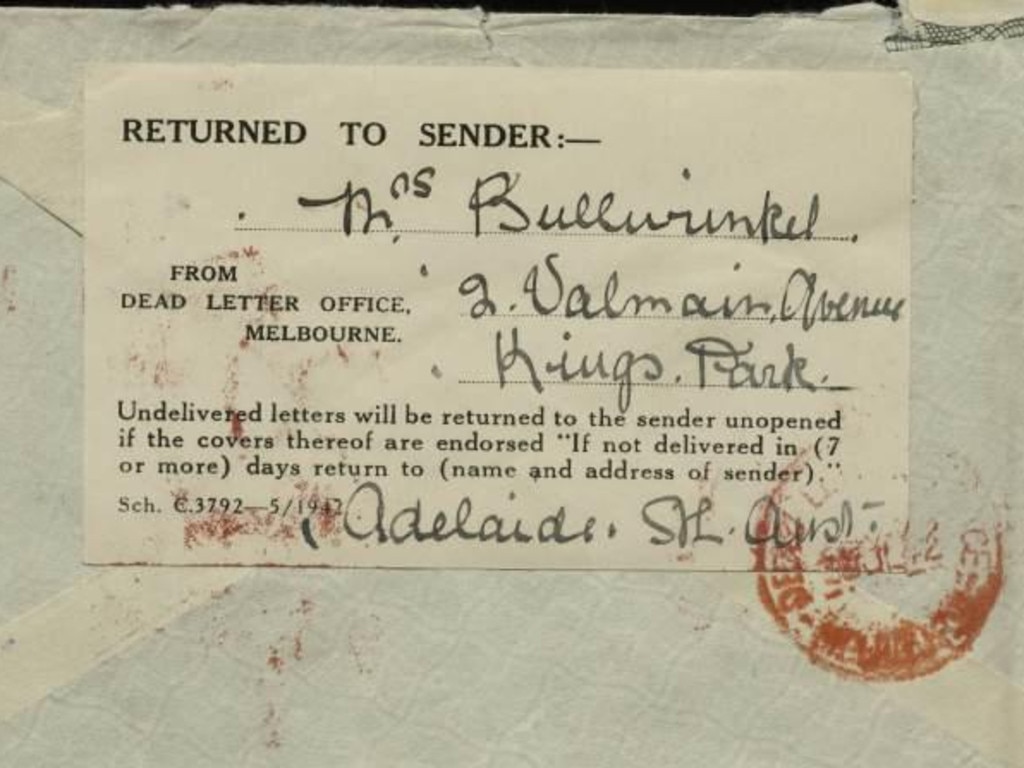
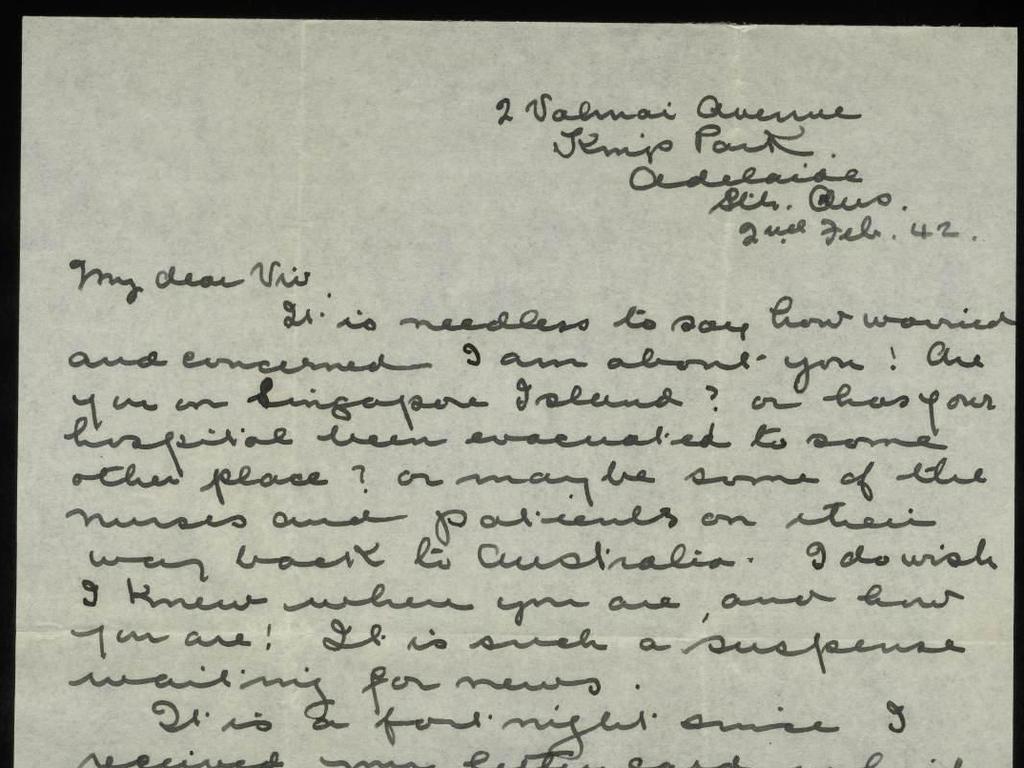
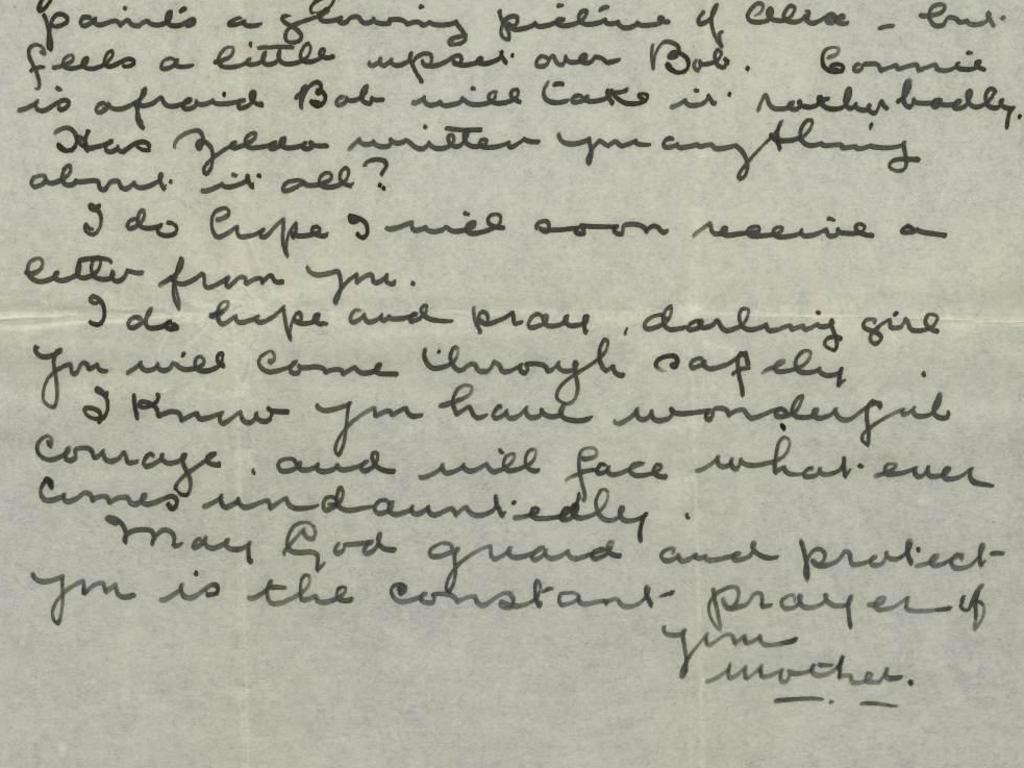
For an agonising 12 months, Mrs Bullwinkel had no idea of her daughter’s fate – until she received a letter from Vivian informing her she was a prisoner of war being held at the Women’s Internment Camp in Palembang, Sumatra.
The letter was dated March 18, 1943 and made no mention of the horrific circumstances surrounding her capture – instead was upbeat.
Ms Van Dyk said this was most-likely a deliberate tactic by Vivian to not worry her mother.
Parts of her letter read: “Dear Mother, Sorry to cause you so much worry – but don’t. I have not and never will regret leaving home – My roving spirit has been somewhat checked. I am very well in fact. I’m close on eleven stone I am sure – and I have let my hair grow and am now sporting a nob if you please …
“Many Happy Returns of the last month mum – I hope you are well and keep smiling and don’t worry over me – once again love to all in Melbourne. Perth. Adelaide & Broken Hill – Lots of love Viv. Vivian Bullwinkel”.

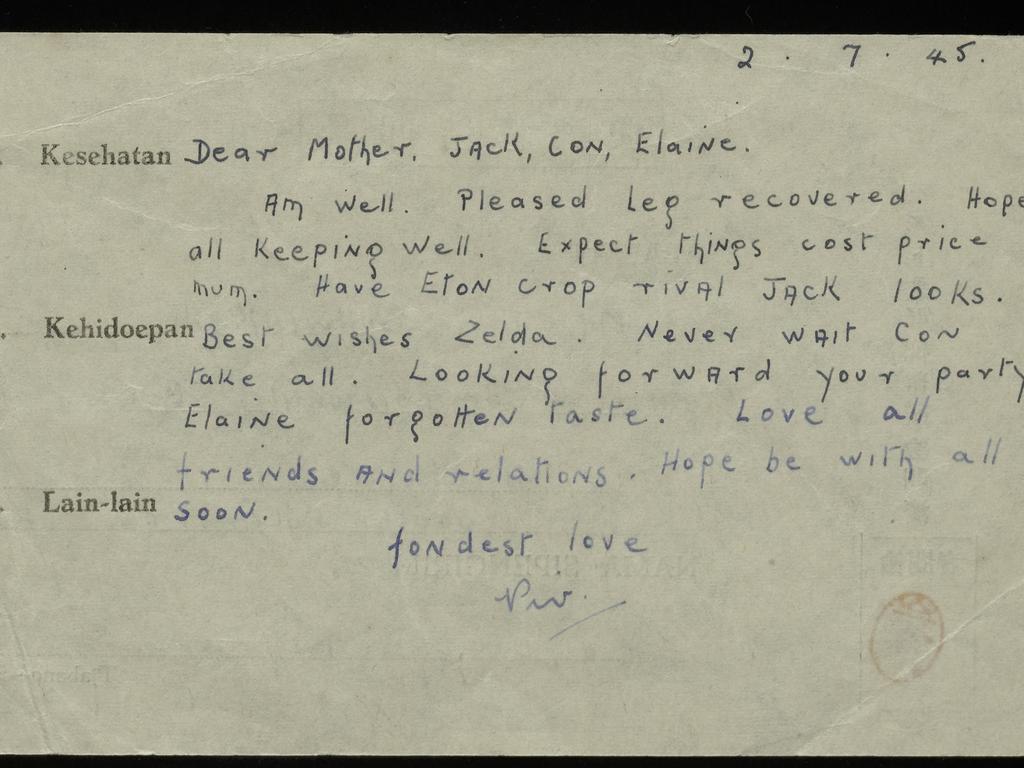

Vivian Bullwinkel died in 2000, with a new federal election division named in her honour in Western Australia in 2024.
Among other collections donated to the Australian War Memorial are a series of 150 letters and documents relating to brothers Private Francis ‘Ken’ Evans and Captain David Gerald Evans, who both served in the First World War.
The brothers grew up near Wangaratta, Victoria before enlisting – Ken serving on the Western Front with the 51st Australian Infantry Battalion, and Gerald with the 22nd and 8th Australian Infantry Battalions in Egypt and on the Western Front.
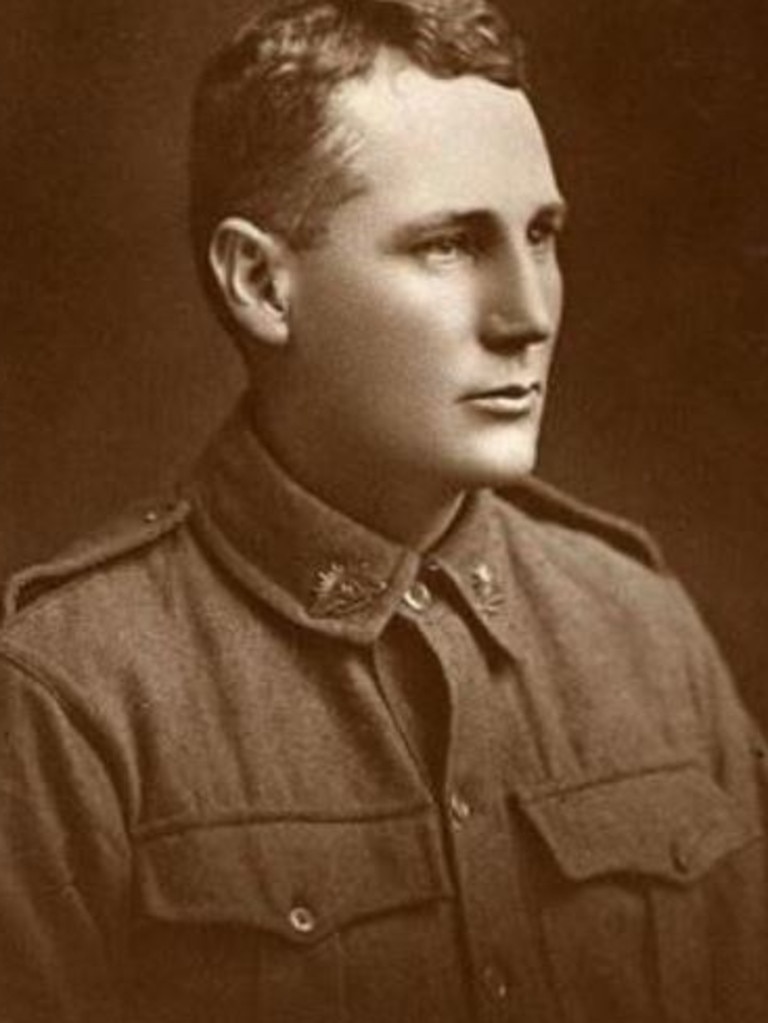

One of the letters is from the brothers’ father John to Ken informing him of Gerald’s death on September 20, 1917 near Polygon Wood, Belgium. He never got it – with the letter marked ‘Undeliverable: Return to sender – Deceased’ after Ken himself was killed in action just three weeks later on October 13, 1917 near Zonnebeke, Belgium – on what would have been his 33rd birthday.


“My Dear Ken,” the letter begins.
“I feel that none of us will ever again be as we were. We will understand each other better than we did, and be more kind and sympathetic to each other, in that more like Gerald.
“I have prayed that you two boys might be spared to come back to us... your mother … puts a brave face on for the sake of the rest of us but suffers much in silence.
“Your mother is standing by me and saying tell him I wish I could have my arms around him and love him + tell him to bear-up + come back to me. We will pray for you.
With Dearest love, Your father John Evans”.
Ms Van Dyk said people kept writing because it is all they had and it gave them hope.
A play honouring the life of Vivian Bullwinkel – 21 Hearts: Vivian Bullwinkel and The Nurses of the Vyner Brooke – will be staged in the Australian War Memorial’s new theatre from July 23 to August, 2025. Click here for tickets.
Originally published as ANZAC Day: Letters from the home reveal war heartbreak








